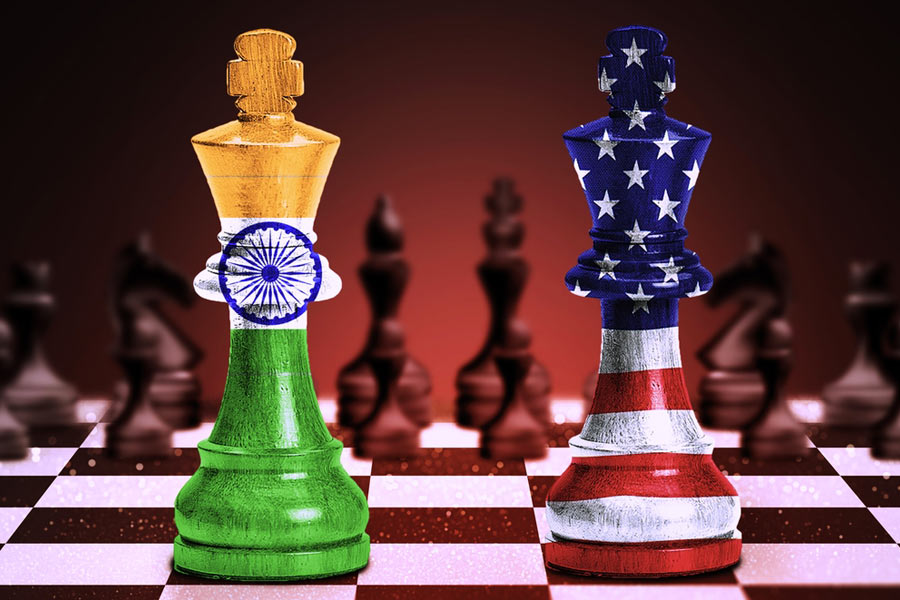The arrival of winter in this part of the country— although there is some debate on whether the nominal dip in mercury can be called that — turns the air not just crisp but also thick with excitement at the prospect of picnics. The thought of glorious outings in the sun often brings to mind images of copious amounts of food and drink. Some think of the simple fare of “mota chaaler bhaat”, “kosho mete aloor phol” and “panshe adhpora begun-bhaja” that Apu and Durga enjoyed in Pather Panchali or the more delicious “labra” from Leela Majumdar’s tales. Others will conjure up the feasts described by Enid Blyton or the lavish fare in The Wind in the Willows — “cold ham, cold beef... salad, french rolls, cress sandwiches, potted meat, ginger beer, lemonade...”
But it is not always food, fun and games at picnics. Consider Picnic at Hanging Rock by Joan Lindsay where three schoolgirls vanish into the eponymous rock. Then, in Malone Dies, Samuel Beckett takes the image of packing a picnic lunch and fashions it into something that will turn even the sturdiest of stomachs — Malone, after methodically murdering everyone at a picnic (it is best to leave out the gory details), packs the bodies into a boat and sets out across the lake.
If these seem gruesome, then it would be wise not to read Günter Grass’s The Flounder, where the picnic sends shivers down the spine. The event takes place on a day when men have the licence to leave home to get drunk. “From early morning, beer-tipsy hordes are on the move, crowding into subways, and elevated trains... Swarms of teenagers on motorcycles: leather-jacketed, swathed in their noise.” Into this, four women venture out on a picnic dressed like men. But when “the hour of Pan” arrives, lust overcomes the women and three of them rape the fourth member of the group. When she does manage to get away, a mob of “leather-boys” find and rape her and then run her over with their motorcycles.
The dark potential of these fictitious picnics may not be too far from reality. A picnic is not just a break from everyday life but also a chance to break away from quotidian social norms. Think of the feasts of Saturnalia, where morality and restraint were shown the back door, schools were closed, no criminals were punished and slaves were allowed to swap places with their masters. The picnic carries on that subversive tradition; the licences it provides often lead to excesses that leave a bad taste in the mouth. Revelry is always teetering on the brink of disaster; but it tips over at picnics, especially in a society that functions on repression. Truth, then, can be as strange as fiction.











